Key points
- We continue looking for ways to address major sources of cage-free egg-laying hen suffering, mainly keel bone fractures (KBF), through outreach, research, and data collection.
- In Y2 we faced financial challenges, transitioning to a volunteer-led organization, with a final Y2 budget totalling $60.9k. Our Y3 (Sep ‘23 - Sep ‘24) budget will mainly comprise of outreach, staff, travel, and potential research activity costs. Raised $45k of $45-135k to date.
- Despite downscaling, we remained committed to evaluating dietary interventions for hen welfare, with separate approaches for Global North and South contexts, completing a calcium timing study and continuing projects in Kenya. Three mini-projects were funded and are on-going, with emphasis on reflection and sharing.
- The collaboration with the University of Bern investigated a dietary intervention (calcium timing) for Global North cage-free farms. The study found that the used approach had led to negative hen health, welfare and productivity outcomes.
- In our ongoing efforts in Kenya, we conducted farmer workshops, published a literature review on hen feed fortification, and a report on Kenyan feed quality issues. Our mid-year staff survey revealed overall satisfaction but concerns about downsizing and communication, and we acknowledged the underestimated importance of gathering regional data.
- Our overall impact estimates of two years of initial exploration and program work indicate a slight net positive impact, improving the lives of approx. 14k hens at a cost of 27 $/hen.
- Our next strategic decision-making point is in Jan 2024, where we’ll choose a scenario out of a pool ranging from shutting down to trialling a couple of interventions simultaneously.
- Our funding gap is small, non-immediate and scenario-dependent. Our runway is 6M. We will need $0-90k in the first half of 2024.
Healthier Hens (HH) received funding from Charity Entrepreneurship, EA Funds, ACE, craigslist Charitable Fund and individual donors until now. Depending on what the data show, we might need more funding to keep investigating promising interventions to improve the welfare of cage-free hens and engaging cage-free egg farming stakeholders to adopt these interventions. You can donate here.
Our mission and approach
Keel bone fractures (KBF) are the second biggest source of hens’ suffering in caged systems (after behavioural deprivation) and the biggest in cage-free systems. Our mission is to reduce the suffering of hens by addressing large sources of cumulative pain. Numerous studies show that dietary interventions can reduce bone fracture risk. Our goal is to explore cost-effective ways to reduce pain in hens. So far, we have been doing that by:
- building up on-the-ground capacity via outreach and advocacy targeted at cage-free egg farming stakeholders (including farmers, industry, regulators and vet professionals);
- researching novel interventions;
- collecting decision-relevant welfare data.
Please read our introductory, 6M update, Y1 summary and 1.5Y update posts to learn more about the background of HH.
Capacity, staff and organisational growth
Y2 has been a year of turbulence for HH. While we started strong by building up knowledge and networks, our momentum was drastically stinted, with us having to downscale to a volunteer-led organisation midway through the year due to lack of funding. The second part of Y2 saw us identify lean options going forward and focus on knowledge dissemination. We created a mini-project plan, started our KBF baseline activities, drafted considerations for potential promising alternative inventions, raised funds and participated in events (mainly EA and animal welfare conferences).
We were fortunate to retain most of our staff during this process of slowing down with many agreeing to volunteer 5-20 hours per week. However, this did impact our growth plans and, obviously, our work rate. Not having paid staff prevented us from collecting key data, acquiring other data quicker, and negatively impacted our relationship-building.
While we had total operational expenses of $169.7k for Y1, Y2 saw us run with $60.9k. The break-down of our expenses can be seen below. In Y2, the majority of our funds were used to cover Kenya staff costs, co-founder salaries and travel expenses (mainly related to co-founder country visits). Y3 will see more of our budget accounting for outreach activities (¼, mainly events for knowledge dissemination), Kenya staff costs (1/5) and travel expenses (1/5). Should we decide to trial interventions (see Next Steps section below), the research activity bracket would increase by 4-10 times. The total estimated Y3 budget, depending on the scenario we will follow, is $45k-$135k, with $45k raised so far.
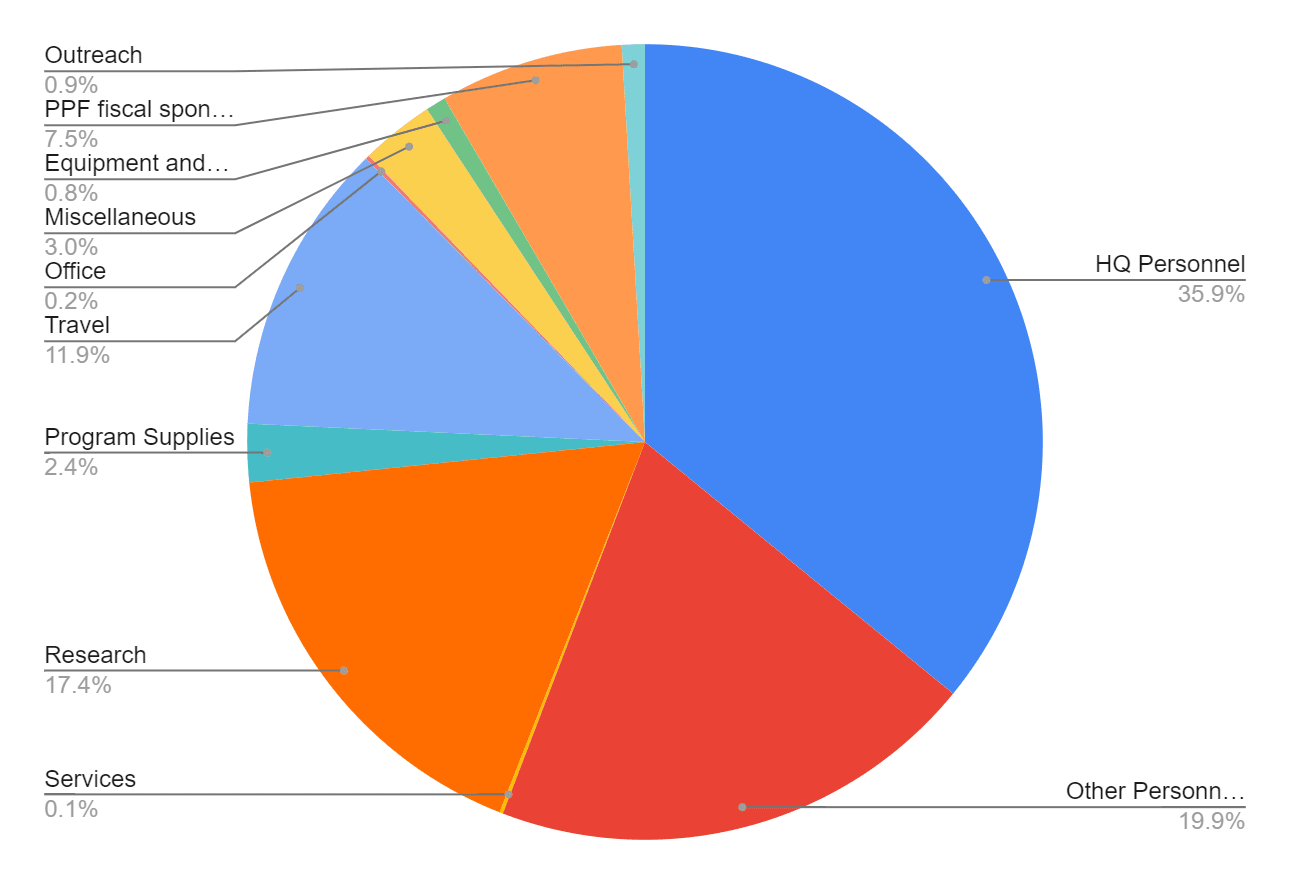 | 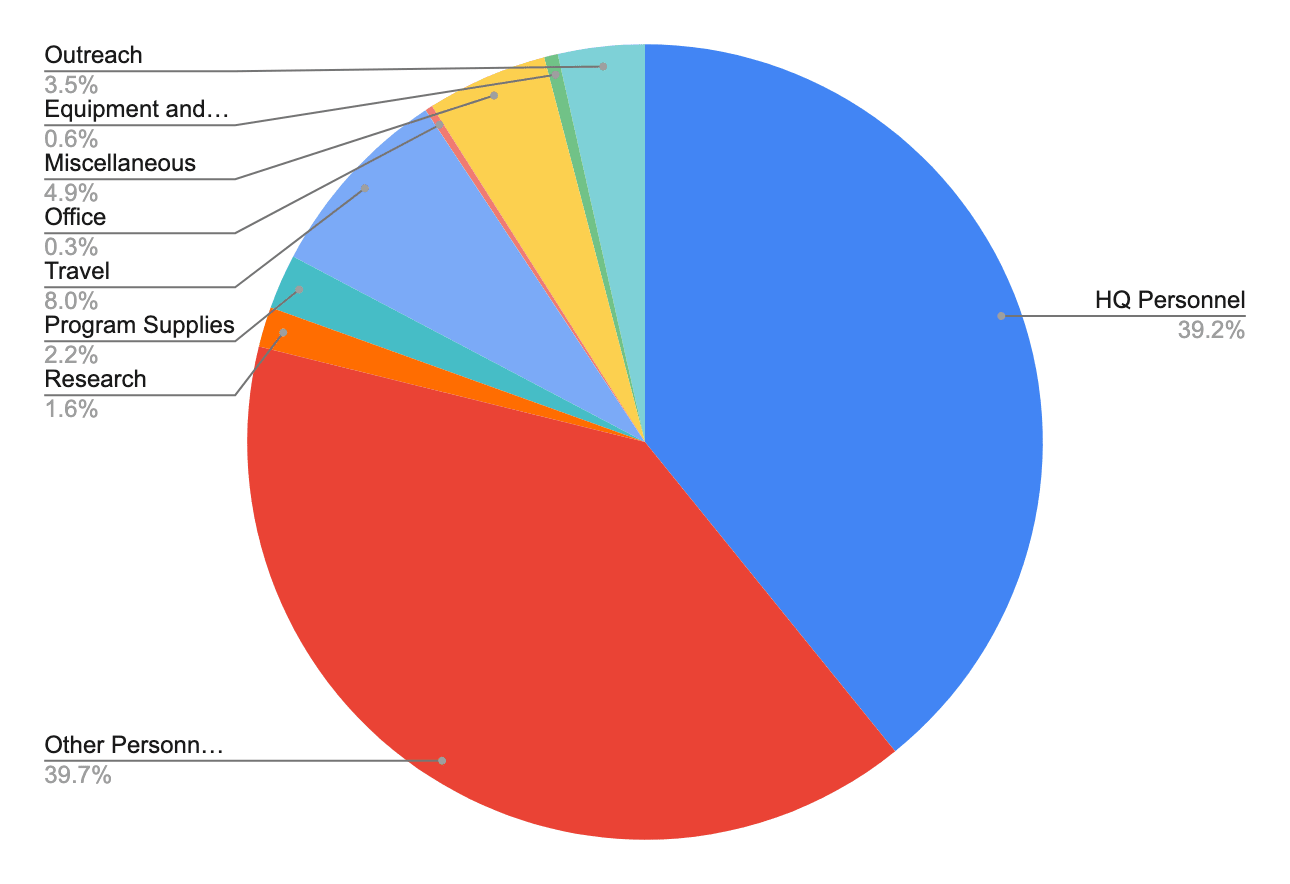 |
Strategic updates
Although the scaledown affected our capacity and pace, the strategy remained the same - to evaluate the feasibility of dietary interventions to the best of our abilities. For this, we ensured that our work on the two pillars (Global North and Global South) continues. The calcium timing study was completed and we sought opportunities to finish assessing possibilities in the Global South cage-free context through our pilot work in Kenya.
The first part of Y2 allowed us to continue building our reputation and establishing actively connected enabling networks. We did that by rolling out more farmer training and initiating negotiations for vet professional training. However, our funding constraints meant the cessation of any ongoing developments with external partners, effectively halting progress on the ground.
As a result of the scaledown, we identified several activities that seem promising and potentially feasible with a much smaller budget. These ‘mini-projects’ include finishing acquiring local KBF data, facilitating hen welfare training for veterinary professionals, and evaluating the feasibility of introducing the Certified Humane® certification scheme in the region. These activities and operations behind the scenes were funded by Animal Charity Evaluators’ Movement Building initiative and craigslist Charitable Fund.
The outcome of downscaling operations also provided us with an opportunity to spend more time looking into the initial approach and condense the lessons learned. We hope this can provide insight into what should be looked out for when doing similar exploratory work. Read about it in our 1.5Y update on the forum.
Calcium timing research outcome
The rationale behind us undertaking this project together with the University of Bern was to study a promising dietary intervention for addressing the KBF issue on Global North cage-free farms. KBFs are prevalent across all commercial housing systems and strains in the Global North (Rufener and Makagon, 2020), with half of the birds experiencing at least one fracture by 50 weeks of age. We do not really know the underlying mechanism for what causes fractures, with hypotheses ranging from collisions, bone structure, age at first egg, and genetic predisposition as the major contributing factors (Toscano et al., 2020). High and persistent egg production is a common factor, possibly contributing to the weakening of bones and their brittleness.
Calcium is a key mineral used in both bone tissue and eggshell formation. These two can act competitively if feed calcium levels are low, bringing up the calcium blood levels by extracting minerals from bone structures. Simple further increases in dietary calcium are not feasible in the Global North as there are biochemical limits to absorption, whereas excess amounts can lead to loss through excreta or, at toxic levels, to kidney damage. A lot of calcium is needed during sleep, when eggshell formation occurs but the hens do not eat - when blood calcium levels are low. Unlike genetic solutions to the problem, dietary interventions hold the promise of quick implementation but well-documented and controlled trials are key in determining their cost-effectiveness.
The study aimed to better match the calcium demand with the dietary calcium blood levels by providing more of the mineral in the last feedings of the day (70% of the daily amount tested in the first phase of the trial, reduced to 60% in the second phase).
Expected outcomes: improved bone health without (or with limited) compromises to egg quality and laying productivity.
Actual results: experimental group hens experienced digestive issues (diarrhoea) and a 23% higher risk for KBF (mostly low severity fractures, net negative result) and higher severity of KBF as compared to the control group. The hens also showed slightly lower body weights and insignificantly poorer feather coverage. They also laid smaller, weaker-shelled and fewer eggs. The study was ceased due to the documented negative effect on hens’ health and welfare.
Implications: the transition between calcium-poor and calcium-rich diets was too significant, leading to ill hens and poor production. The study highlights that dietary interventions are not straightforward, especially in hens genetically selected across many generations to lay 300+ eggs/year in commercial settings. More research is needed to determine if these negative health and productivity effects could be avoided by a more gradual change in dietary calcium content, but our views on the feasibility of such interventions have been affected negatively.
It is important for us to share this knowledge so that such mistakes are not made on farms and the hens' health and welfare are protected. We welcome any and all feedback, and do not hesitate to reach out if you would like to learn more.
A video of Dr. Toscano presenting the study and its outcomes at UFAW Online Animal Welfare Conference 2023:
Pilot operations in Kenya
We carried out two additional farmer workshops in Murang’a and Nakuru counties. A report outlining this work can be read here. The workshops revealed significant knowledge gaps coupled with expressed interest by the farmers to learn and improve. To retain engagement, we began providing free resources and formed a WhatsApp group to stay connected with motivated cage-free farmers. Unfortunately, we did not have the capacity to properly evaluate the on-farm impacts the approach yielded for the hens. All figures used later are self-reported data with discounts and conservative estimates.
We have published the third volume of our hen feed fortification literature review. This edition focused on specific nutrient level recommendations and the potential of other additives to improve bone health. You can read it here. We have also published a report outlining our commercial feed sampling findings. It confirms potential issues with Kenyan feed quality and compositional consistency. Learn more about it here. Through our discussions with and engagement of the national standards body, we were able to get them to install vitamin D3 level determination capacity in their labs. However, we could not confirm whether this capacity has been enacted and has improved inadequate feed quality identification in the organisation’s market surveillance work.
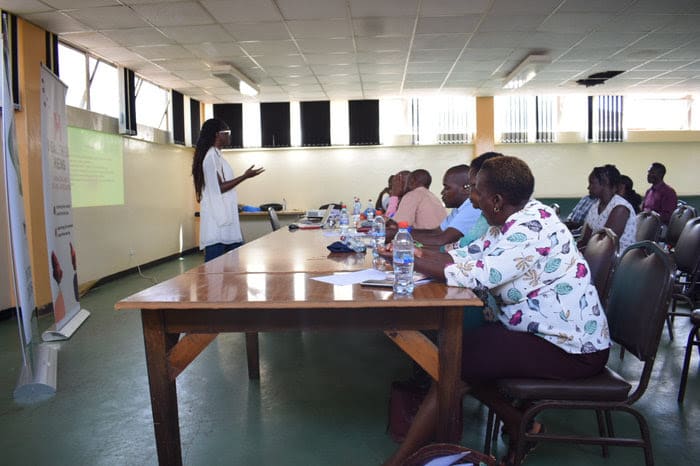 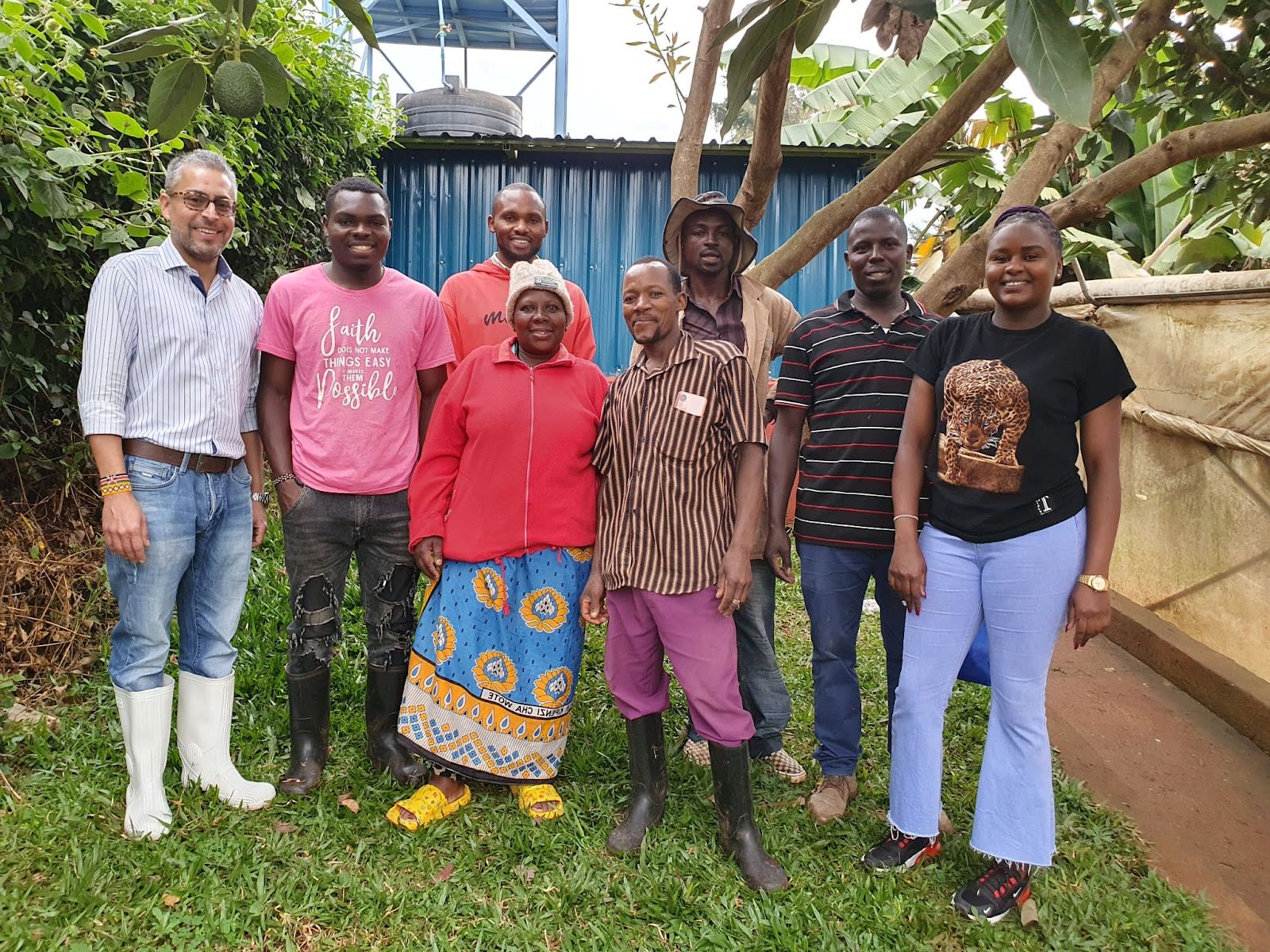 |
We surveyed our staff in mid-year. Overall, we felt positive about the organization's culture and values. The survey results also reveal that we were generally satisfied with our team and work, but were concerned about the impact of the decision to downscale. We also felt that there was a lack of critical feedback and constant communication within the team.
Despite being cognizant of and vocal about the need for regional or, at least, continental data on the KBF issue, we underestimated its importance. Despite their well-documented and widespread nature in the Global North, hen bone health issues remain a largely unheard-of topic in Kenya. Many stakeholders we communicate with argue for the importance of having Afrocentric data - not only for knowledge’s sake but also as leverage for advancing discussions with relevant decision-makers on the ground and building more animal science capacity in the region. While an important baseline metric for us, it seems that such data could have wider indirect effects on the state of affairs in the region. Initial data collected indicates that KBF is indeed an issue present on commercial cage-free Kenyan farms, with its prevalence and severity yet to be confirmed (preliminary data: 20-50% prevalence (compared to 13.5-71% as per Keel Bone Damage COST Action Global North data), 5:1 ratio of low-to-high severity fractures).
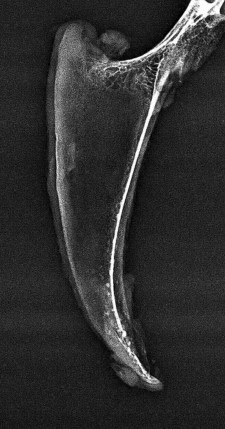 | 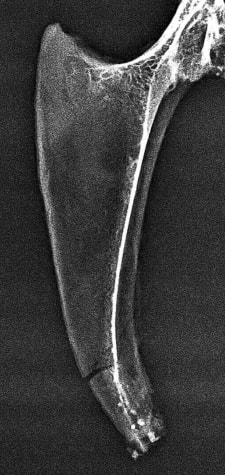 |
Impact estimates
Below we include some estimates on the impact our initial exploration and programme work had. There is a lot of uncertainty and suboptimal measurement and evaluation, so all figures are to be taken with a grain of salt.
Farmer workshops on hen welfare in cage-free (guesstimate): Net positive but probably limited effect as on-farm pre- and post-evaluation was not performed. Effects were collated from post-post-workshop surveys (3M, self-reported). Discounting was put in place to counter social desirability and implementation attrition.
| No. of hens positively affected | Workshop cost per hen positively affected ($/hen) | Net Welfare Points per hen | Workshop cost per Welfare Point ($/WP) | Total Welfare Points affected |
| 14k | 0.44 | 5.7 | 0.16 | 74k |
Calcium timing trial in Switzerland (guesstimate): Net negative with relatively high confidence in effect stemming from on-farm data collection. Slight discounting was put in place to counter for not all hens experiencing issues.
| No. of hens negatively affected | Total Welfare Points per hen | Total Welfare Points affected |
| 810 | -6.8 | -5.5k |
Analytical capacity improvement at national standards’ body: Assuming negligible effect. Through our work testing commercial feed composition, quality and consistency, we got the Kenyan regulatory body to improve their analytical capacity (now able to determine vitamin D3 levels). However, we are not able to learn if these tests are being carried out during their market surveillance work - assuming very minimal as the analysis is complex and expensive.
Kenyan commercial feed quality and consistency study: Assuming negligible effect. The purpose of the initial scoping was mainly for our internal decision-making, dissemination was not active or widespread. It’s effect on our decision-making: yes, there is a hen feed quality issue in Kenya.
Free farmer resource provision: Assuming negligible effect. We collected and translated some hen welfare, cage-free farming management resources and provided them to our farmer network (workshop participants, WhatsApp group) via our website. 32 downloads were recorded, we did not carry out an assessment of this activity.
The overall direct impact of two years of initial work (guesstimate): Net positive, slight improvement. For context, we initially estimated direct feed fortification to reach 0.04 $/WP (guesstimate, see Sam Nolan’s feedback here) but have not yet reached a piloting phase.
| Net Welfare Points affected | Combined 2Y budget ($) | Net CEA per positively affected hen ($/hen) | Net CEA ($/WP) |
| 95k | 230.6k | 27 | 9.8 |
Next steps
The flow chart and context below indicate the potential scenarios HH will consider dependent on the baseline data collection outcomes in Q4 of 2023, and corresponding funds needed for March-September 2024 (HH’s second half of Y3).
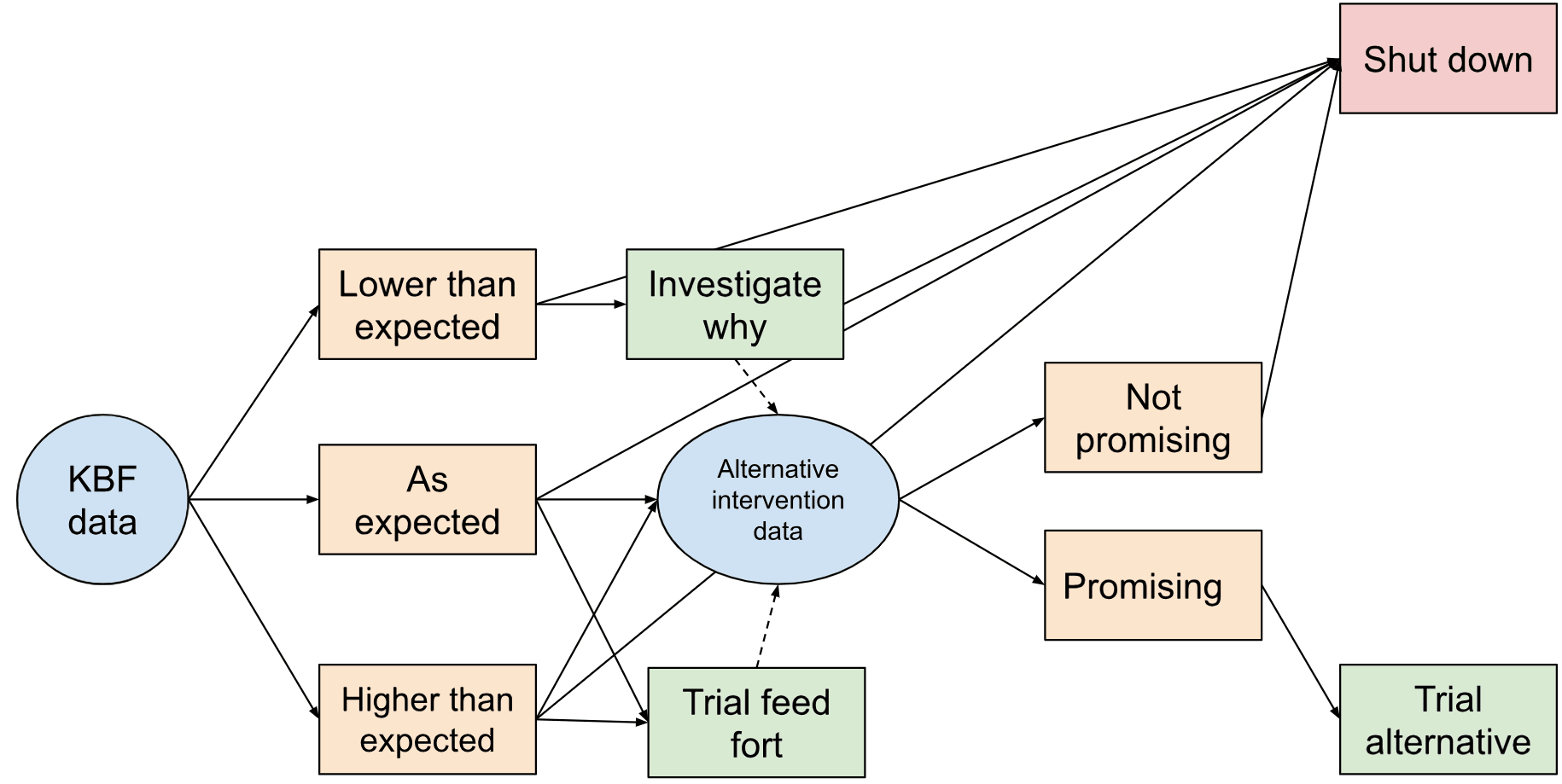
A bit of context for some directions that might seem counterintuitive (HH’s next decision-making point: January, 2024):
- We might decide to shut down despite any data collection outcome due to organisational changes, capacity constraints (⅔ co-founders moving into full-time positions elsewhere) and the need to grow quickly.
- The added value of investigating why recorded KBF prevalence/severity might be low in Kenya (low likelihood) remains uncertain and needs evaluation - we might choose not to do it.
- Whether we trial two promising interventions at once mainly depends on our ability to build capacity and fundraise (additional $25k for trialling an alternative intervention, $55k for feed fortification, and $70k for combined trials).
- Our decision on whether to trial an alternative intervention (e.g., improved on-farm biosecurity or flock management) will depend on the promise the interventions will show via pain-averted estimates (collaboration with the Welfare Footprint Project).
- The decision to shut down would still see us through dissemination and community engagement activities.
Funding opportunities
HH struggled to diversify its funding sources during our first two years. You can read about concerns that were raised by potential funders previously and on our thinking in this post.
We currently can absorb very little funding given our limited capacity. Our funding gap also remains non-immediate (our runway is 6M) and dependent on the baseline data we collect and the chosen scenario (see above).
Come 2024, when we will know which scenario we are likely to pursue, we will be seeking $0-90k to ensure the activities can be completed - whether lean or not. Expected average burn rate: $7.5-11.5k operational expenses per month. Our growth plan is regularly updated but the plan for Y3 currently is to reconnect with key Y2 goals that were on hold as we downscaled but continue to build on the work we were able to accomplish during our volunteer-led organisation phase. Key goals are:
- Piloting (scenario dependent): Initiate proof-of-concept pilot with at least 3 cage-free farms of 1000+ hens each and evaluate welfare improvements via KBF reduction and/or promising alternative interventions.
- Research: Finish KBF and on-farm welfare baseline assessments and estimate expected welfare outcomes of promising interventions.
- Operations (scenario dependent): Make 4 hires (one part-time specialist (poultry nutrition and/or welfare) and 3 paid interns in Kenya.
- Collaborators (scenario dependent): Find 5-15 farmers for potential Y4 collaboration, and engage large cage-free egg suppliers.
- Community: Engage stakeholders (especially farmers and vet professionals) in the country of operations via training workshops (at least 1).
If you would consider supporting us financially in the future, please contact us at info@healthierhens.com to discuss your priorities in the effective animal advocacy space and find the best fit. If you have specific questions about donation opportunities and prefer a 1-on-1 chat, please book a meeting with our Head of Logistics, Isaac. Thanks!
Staying up to date and providing feedback
To stay in the loop with what we’re up to, consider subscribing to our newsletter. The next one’s coming out soon!
Since we are constantly reevaluating things internally (next major re-eval point: Q1 2024), we would like to invite EA community members to provide us with feedback, concerns or suggestions anonymously. If this is not the first time you’ve heard about HH and what we have been up to, please consider filling out this short form and help us make better decisions. Thanks!

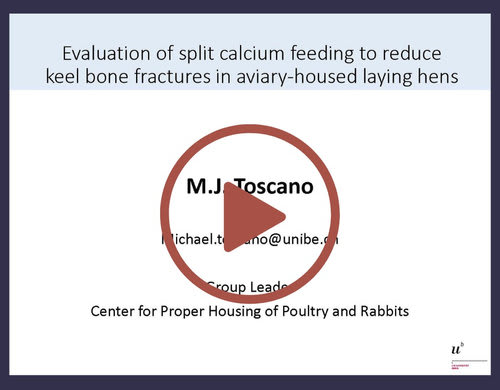
It's a real shame that the calcium timing trial produced a negative result, but thanks for sharing the data. Hopefully you have more success trialing alternative interventions this year!
Definitely... We expected no effect at worst, so at least it was trialled small and in a well-controlled manner! Do share if you have opportunities, so that it's not repeated or rolled out somewhere. Thanks!
We'll see what the data show and post an update once we make a decision.
This looks like fantastic work on a small budget which makes sense. I'm always super impressed with publishing of negative results - my inclination there is that although it was negative welfare, in the long run it could be net positive as others will now not try
That you managed to run small RCTs like this on such a tiny budget is a real testament to the organisation, fantastic work! In medicine we usually need like a million dollars even for the most average RCT!
Executive summary: Healthier Hens (HH), a charity aiming to improve the welfare of caged and cage-free hens, reports on its second year of operations, detailing financial challenges and a transition to a volunteer-led organization, while continuing research and outreach efforts to reduce hen suffering. It also provides updates on various projects, including a failed calcium timing study and ongoing work in Kenya, and discusses potential future strategies based on available funding and collected data.
Key points:
This comment was auto-generated by the EA Forum Team. Feel free to point out issues with this summary by replying to the comment, and contact us if you have feedback.